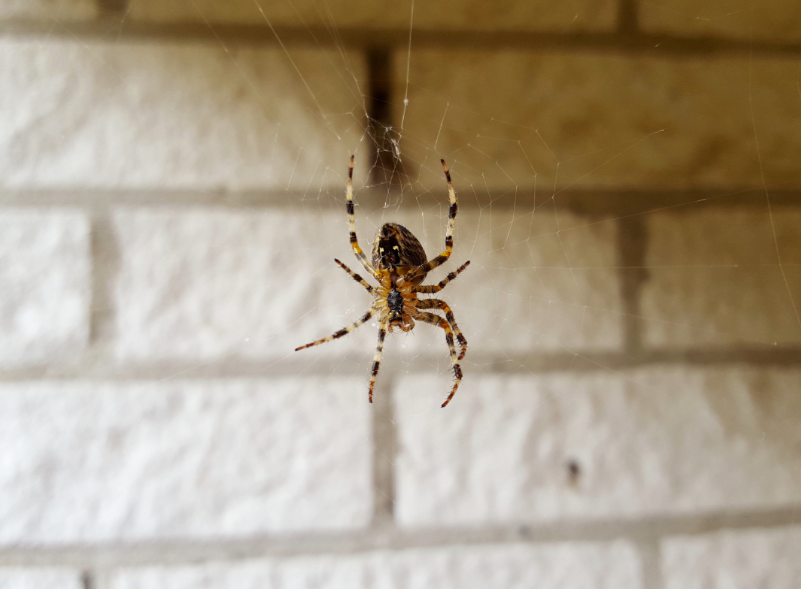
As the winter months set in, you might notice an increase in the number of spiders seeking refuge in your home. While spiders can be beneficial in controlling other pests, their presence indoors can be unsettling for many.
In this blog, we'll guide you through identifying common winter spiders and provide tips on keeping them out of your home. We'll also cover preventive measures and safe removal techniques to ensure your living space remains spider-free.
Identifying Common Winter Spiders
Winter spiders often seek warmth and shelter indoors, making homes a prime target during the colder months. The most common types you'll likely encounter include:
House Spiders: These are typically brown with long legs and are known for creating messy webs in corners of rooms, attics, and basements.
Cellar Spiders: These spiders are usually found in dark, damp areas like basements and crawl spaces.
False Widow Spiders: Often mistaken for the more dangerous black widow, these spiders have a shiny, bulbous body and are generally harmless, though their bite can cause mild discomfort.
Identifying the type of spider in your home can help determine the best insect pest control strategies to use.
Preventive Measures to Keep Spiders Out
The best way to manage indoor spiders is to prevent them from entering your home in the first place. Here are some effective pest prevention tips:
Seal Entry Points: Spiders can enter through cracks, gaps, and openings around windows, doors, and foundations. Ensure these are sealed properly.
Install Window Fly Screens: By fitting window fly screens in your home, you can effectively block spiders and other insects from entering. This is especially useful in areas like kitchens and bedrooms, where spiders might be drawn to warmth and food sources.
Reduce Clutter: Spiders love hiding in cluttered areas. Keep storage spaces tidy, and regularly vacuum areas like under furniture and along baseboards where spiders might hide.
Outdoor Maintenance: Trim bushes, trees, and plants that are close to your home. Overgrown foliage can provide a bridge for spiders to enter through open windows or doors.
Safe Removal Techniques
Even with preventive measures, you may still find the occasional spider indoors. Here's how to safely remove them:
Catch and Release: For those who prefer a non-lethal method, use a glass and a piece of paper to trap the spider and release it outside. This method is safe for both you and the spider.
Vacuuming: For smaller spiders or spider webs, a vacuum cleaner with a hose attachment can be an effective way to remove them. Be sure to empty the vacuum bag afterwards.
Spider Traps: Sticky traps placed in corners and under furniture can help catch spiders that might be wandering around your home.
Insect Screens: Consider investing in insect screen solutions for doors and windows to create a barrier that keeps spiders and other pests outside. These screens are a simple yet effective way to maintain a spider-free environment.
Professional Help
If you find that your spider problem is persistent, it might be time to call in the experts. Our professional insect pest control service can assess your home and provide tailored solutions to eliminate spiders and prevent future infestations. They can also advise on the best pest prevention strategies specific to your situation.
Aderyn Pest Control Can Help
Spiders may be more active indoors during the winter, but with the right preventive measures and removal techniques, you can keep your home spider-free all year around.